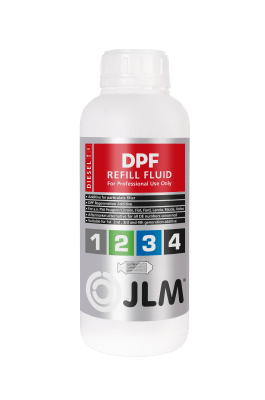JLM Diesel DPF Refill Fluid is the aftermarket alternative for particulate filter regeneration fluids from various car manufacturers. With the latest generation JLM Diesel DPF Refill Fluid, JLM has one replacement product with a very broad OE coverage. Thanks to the new composition, this refill fluid is suitable as a replacement for OE particulate filter regeneration fluids of the 1st, 2nd, 3rd and 4th generation.
Product information
JLM Diesel DPF Refill Fluid is the premium aftermarket alternative to OE DPF regeneration fluids used by various car manufacturers. With its advanced formula, this DPF fluid is a suitable replacement for first, second, third, and fourth-generation particulate filter regeneration fluids, providing extensive OE coverage.
Why regularly topping up DPF fluid is essential
Since 2001, various car manufacturers have been using diesel particulate filters with a special regeneration fluid (e.g. PSA FAP filter technology). This DPF fluid is dosed into the fuel system from a separate tank or flexible reservoir pouch. Regularly checking and replenishing the fluid is crucial to maintaining optimal DPF performance and continual regeneration.
How to check DPF fluid level
To ensure smooth operation, drivers should monitor their DPF fluid levels. Many modern vehicles provide dashboard alerts when the fluid is low. However, checking manually with a dipstick or consulting a professional can help avoid issues before they arise.
The benefits of JLM Diesel DPF Refill Fluid
- Broad compatibility: A direct replacement for all OE DPF regeneration fluids and OE part numbers.
- Convenient 1-litre packaging: Compact, lightweight, and easy to store.
- Easy refill process: Designed for effortless top-ups, eliminating the need for bag replacements in vehicles with flexible reservoir pouches.
How do you top up DPF fluid?
Refilling the Diesel DPF Refill Fluid should only be done by a professional auto technician. Refilling itself is done in accordance with the regulations of the respective vehicle manufacturer.
The JLM Diesel DPF Refill Kit provides even more ease of use during refilling. The Refill Kit consists of a quick-fill cap, adapters and a filling hose for spill-free refilling of the DPF fluid.
Related DPF products
Common FAQs about DPF refill fluid
What is DPF regeneration fluid?
DPF regeneration fluid is a special additive used in diesel vehicles equipped with diesel particulate filters. Also known as PAT Fluid, DPX or Eolys, it helps lower the combustion temperature of soot trapped in the diesel particulate filter (DPF), ensuring efficient DPF regeneration and preventing blockages that can affect vehicle performance.
What happens if DPF fluid runs out?
If DPF fluid runs out, the DPF regeneration process will stop, causing excessive soot buildup in the diesel particulate filter (DPF). This can lead to reduced engine performance, increased emissions, and potential DPF failure. Many vehicles will enter limp mode or display a warning light until the fluid is topped up.
Regularly checking and refilling the DPF regeneration fluid helps avoid costly repairs. However, if your DPF becomes clogged due to insufficient regeneration, you can often restore it with JLM DPF cleaning products. Products like JLM Diesel Particulate Filter Cleaner are powerful additives that help burn off accumulated soot. Using these products for DPF cleaning alongside regular DPF fluid maintenance ensures your diesel particulate filter stays in optimal condition, preventing expensive replacements.
Frequently
asked
questions
These are the most common questions we get from a potential distributor.



